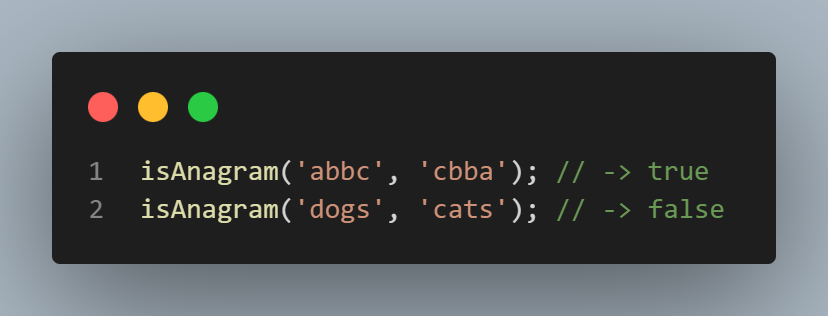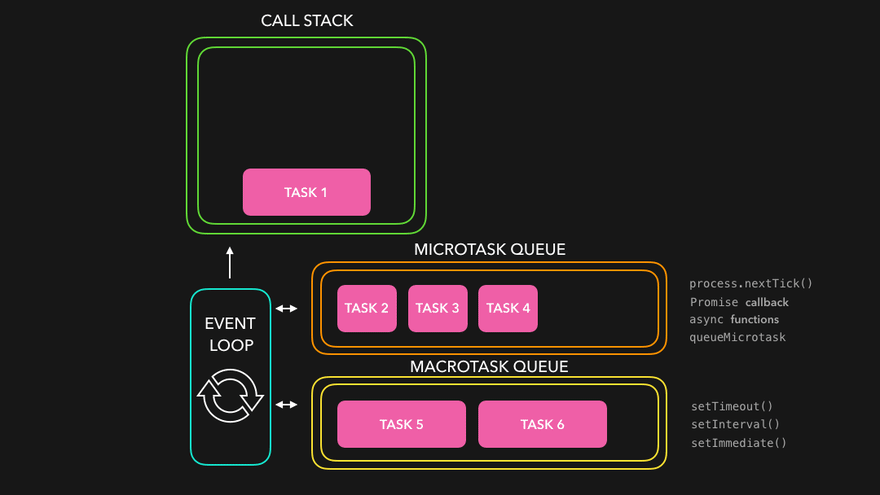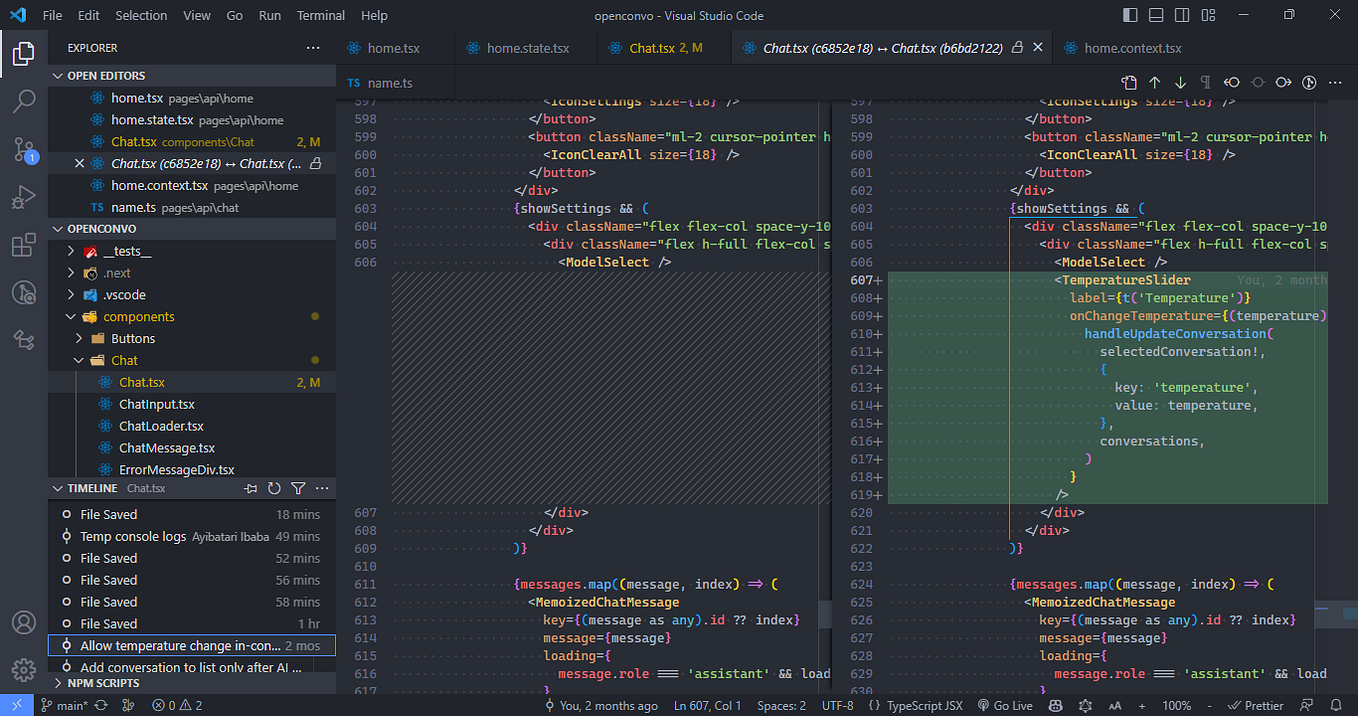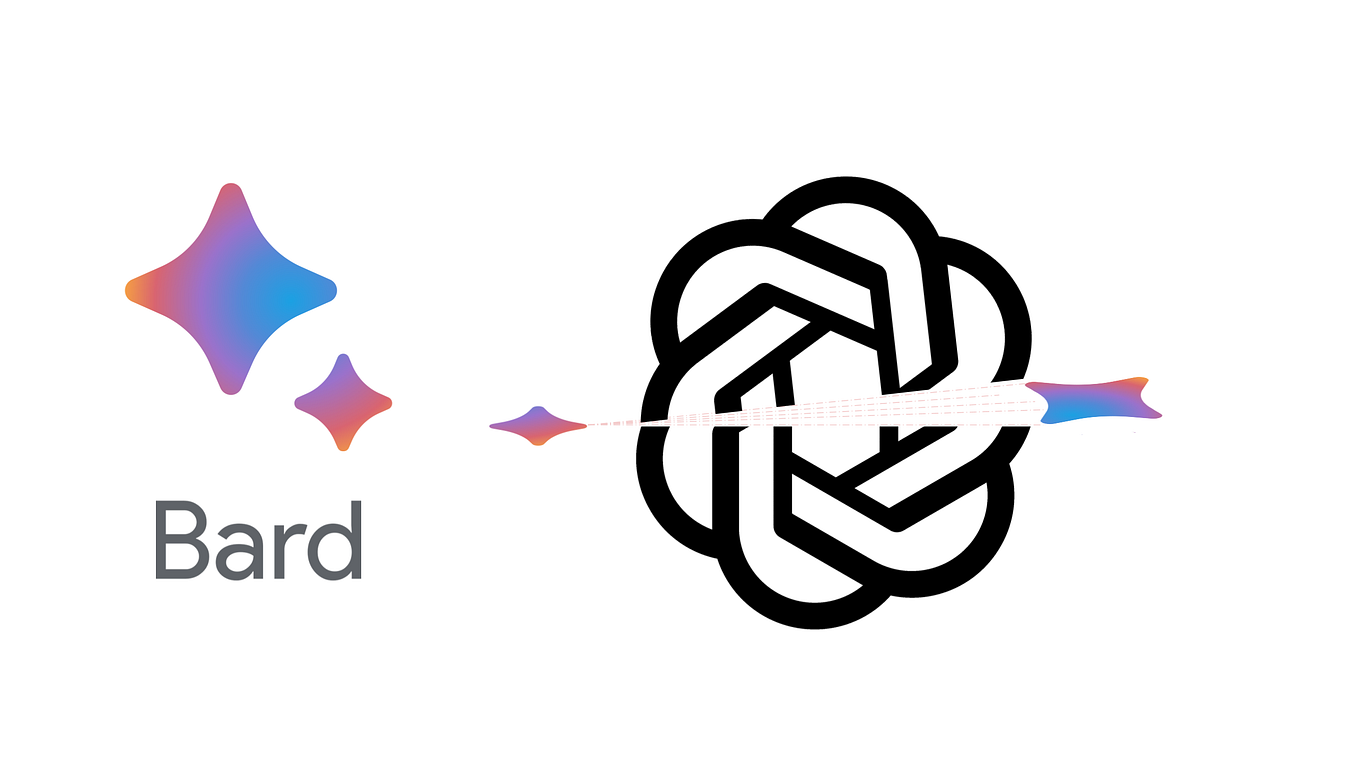In 1995 Brendan Eich, a Netscape Communications Corporation programmer, took 10 days to develop a scripting language he called Mocha. Back than internet connectivity used dial-up connections with telephone lines and modems, so when you filled out a form on a website — which was usually coded using a language like Perl — the validation of the input fields of any form had to make a full round trip to the server.
This was not only very, very slow, but even could cause loss of data if the form wasn’t filled correctly. Netscape needed to solve this problem by finding a way to validate the input fields on the client side itself to save a complete round to the server just to validate the input fields. Eich’s scripting language was that solution.
For reference, this was during the intense browser wars between Netscape and Windows with their Navigator and Internet Explorer. Both sides were franticly searching for whatever advantage they could get over each other.
The Netscape team didn’t like the name Mocha, and renamed it “LiveScript” to better refer to it’s dynamic capability. But just before the launch, they saw an opportunity to portray the script as a natural extension of Java(which had just been released a just few months earlier and was gaining massive traction).
The goal was Java would take care of the heavy server-side tasks and the new language would help make client-side validations easy. So it was decidedly dubbed “JavaScript” to showcase it as the much-needed “glue language” that could better connect the front and backend.
Within weeks of it’s release, Microsoft reverse-engineered JavaScript to create its own clone, which they tastelessly labeled JScript to get around trademark issues.
By 1996, JavaScript’s importance grew so much that it was handed over to an international standards scripting language body called ECMA (European Computer Manufacturers Association), which is responsible for the development and upkeep of the language to this day.
Today, JavaScript is everywhere — it’s the most commonly used client-side, written into HTML documents and enabling interactions with web pages in many unique ways. Thanks to JavaScript we can automatically schedule appointments and play online games. And recent developments, such as Node.js, even allow the use of JavaScript on server-side. Now the growing question isn’t where it originated, but where will we take in next. JavaScript’s history is complex, but it’s not over.








